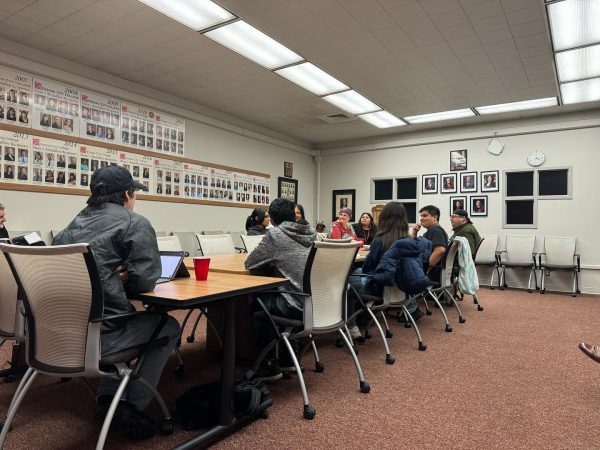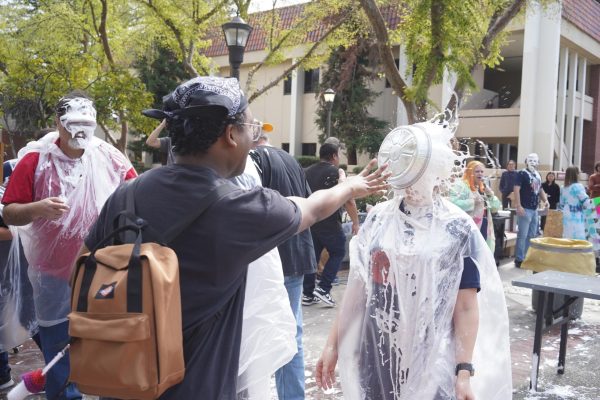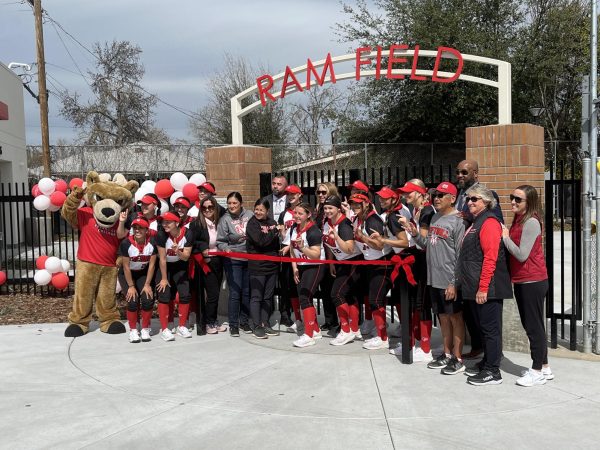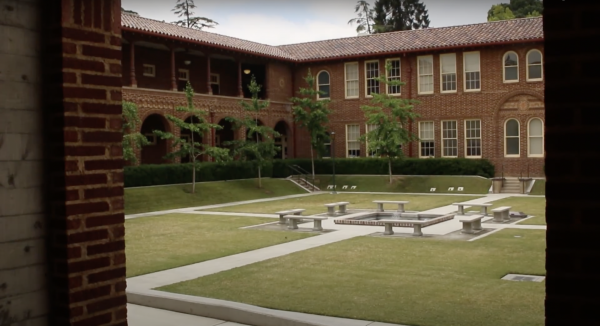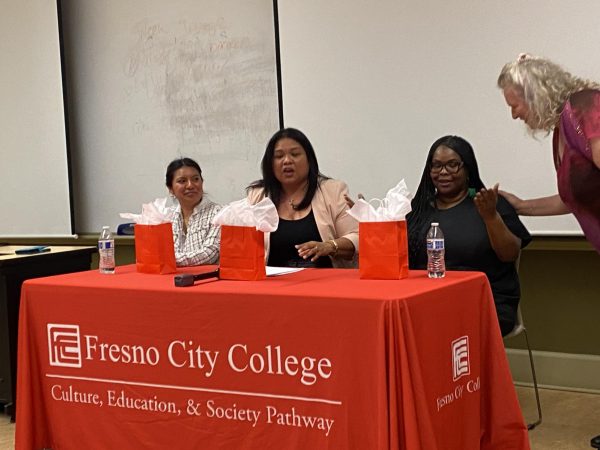High Speed Rail Club Strong After Project Construction Begins
Fresno City College approved the charter for “I Will Ride”, a high-speed rail club, this semester, amidst on-going controversy surrounding the project.
The club provides a platform for students to discuss the benefits and status of the 220 mph train that will eventually go from San Diego to San Francisco, with Fresno between them.
The voter approved high-speed rail project is seemingly overcoming every obstacle, but students like Jasmine Johnson, a sixth semester communications major, wonder how effective a high speed rail club on campus could be.
“What would you do on a community college level for a high speed rail club?” Johnson said. “It has already been voted on.”
Aaron Pankratz, professor of economics, the “I Will Ride” club sponsor, said many students do not think about the benefits that high speed rail could bring to the central San Joaquin Valley, and a club on campus can promote them.
The college initially approved the club, “I Will Ride”, in spring of 2015.
“The point of a high speed rail club is to share some of the benefits to community college students,” Pankratz said. “We talk about the current status of the project.”
The president of “I Will Ride” grew up hearing all about the congestion in the state, according to Pankratz.
“He really latched onto the idea of high speed rail as a way to alleviate the lack of transportation infrastructure in California,” Pankratz said. “[High speed rail] sounded fantastic as an alternative to building new roads in our state.”
It has not always been a smooth road for the project, however. Part of the club’s beginnings were in response to the opposition to something that made sense to students, Pankratz says.
Pankratz said students see funding of high speed rail as an “either-or” situation.
“But it’s a false dichotomy because funding comes from separate sources,” Pankratz said.
The most recent estimates place the cost of building the project at $64.2 billion, according to the High Speed Rail Authority.
“Housing costs in the bay area are ridiculous,” Pankratz says. “But people could go from Fresno to San Francisco [and] make San Francisco wages while living in Fresno with super-cheap housing.”
Other benefits include traveling eases. Students like Johnson love to travel but do not travel as much as she would like.
“I would love [high-speed rail],” Johnson said. “With all of my family everywhere, I would be able to see them so much more often.”
The rail will extend from Shafter, near Bakersfield and onto San Jose, with stops in Fresno and Merced, and another diverted route towards Sacramento.
Beyond Shafter, the rail will go around the Tehachapi mountains and on towards Palmdale, Los Angeles and Burbank.
Recent setbacks, including a lawsuit from Shafter County against the rail project in the area, have been overruled by the California courts, and a petition to strip funding from high speed rail in favor of water storage may have also been stopped short, according to a March 26 article in the Fresno Bee by Christopher Cadelago.
Some students are also being sponsored to attend the State of the City address from Mayor Swearengin, occurring on June 3, who is also a big proponent of high speed rail, according to Pankratz.
Other club activities include a trip to the Transbay Terminal in San Francisco, which will tie in BART stations and already existent train stations.
Club membership hovers around 10 regular students. Club president Nick Kennedy was unavailable for an interview

Edward Smith writes for the Rampage and is in his fourth semester at Fresno City College. He majors in Journalism out of a deep love for reporting and...




